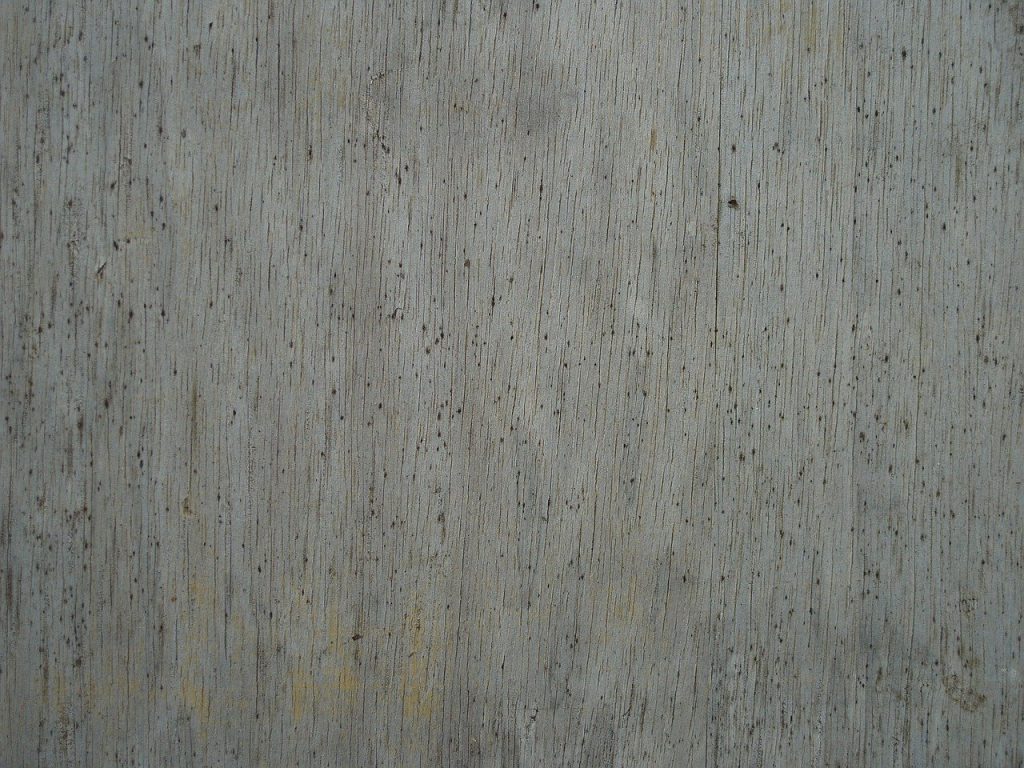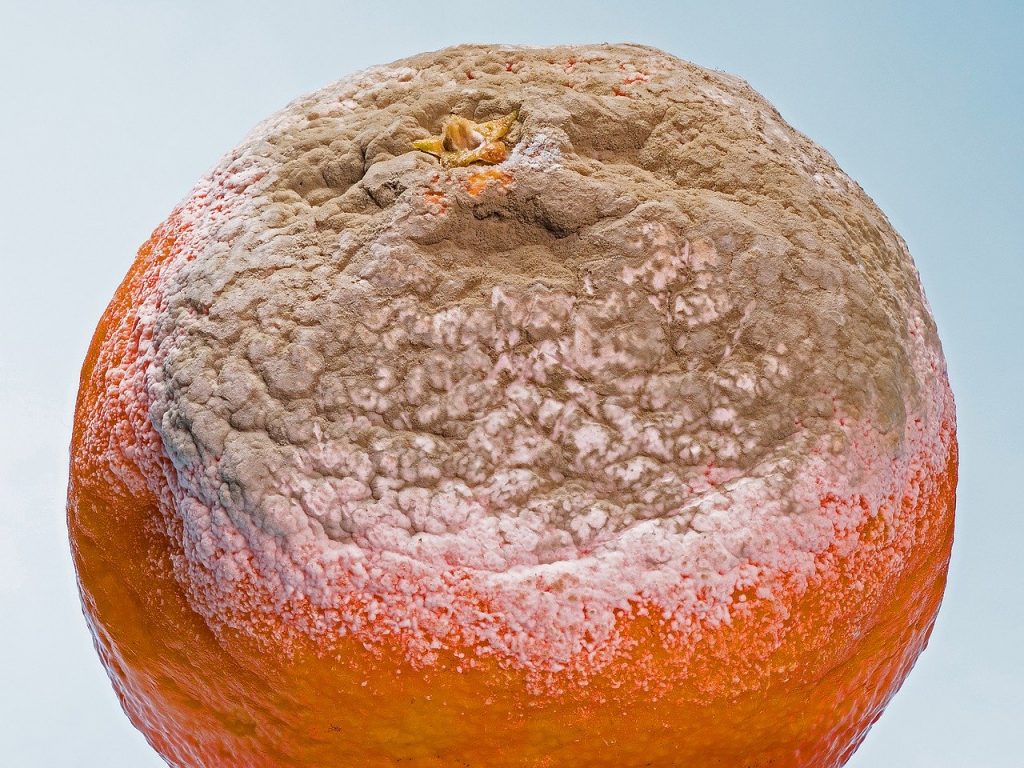Mould is a huge issue for many landlords and their unfortunate tenants. It is by far the most complained about aspect when it comes to rental accommodation, and it is something that is going to affect most people at some point, whether they have to deal with the mould or they have to live with it. It is crucial that landlords and tenants understand more about mould so they know what they have to do when it rears its ugly head.
What Is Mould?
Mould is caused by damp. Damp itself can be caused by all kinds of different issues, none of which are good… it might be rising damp because the damp course is faulty (or non-existent), or it could be from a leak on the roof, for example. Essentially, when there is condensation of moisture in the air, mould will form.

Condensation can be a structural issue (like those mentioned above, or perhaps a faulty heating system or insufficient insulation), or it could be a result of how the tenant is using the property (as in not using enough ventilation when showering or cooking or drying clothes inside the house).
The problem is that mould isn’t just unsightly; it can also damage property and possessions and, in some cases, be a health hazard too.
What Can Landlords Do To Prevent Mould?
The extent to how far a landlord can go will depend on what the cause of the problem really is. A missing roof tile or a blocked gutter can be dealt with quickly, stopping the mould in its tracks (after which some redecorating may well be required internally). Something bigger like a leak from an unknown source or an issue with the tenant might take longer to sort out.
However, as a rule of thumb, the earlier the damp problem is noticed the sooner it can be fixed and the less damage the mould is going to cause. This is just one of the reasons a landlord should conduct periodic property inspections. By doing this on an annual or six monthly basis, or perhaps more frequently (how often will depend on the overall length of the tenancy and the tenancy agreement), the landlord will be able to see if there is a problem, and will be able to see if the tenant is using the property in the right way.

Of course, sometimes landlords are unable to do this due to other commitments; they might live many miles away, or even if a different country. This is why hiring an inventory clerk to carry out these midterm inspections can be an ideal solution, particularly if there have been mould problems in the past.
If it turns out that the damp and mould is due to a structural issue, the landlord has responsibility in dealing with it under the Landlord and Tenant Act 1985 (section 11).
Advice To Tenants
For tenants who are worried about causing mould and who want to prevent it from happening as much as possible, here are some useful tips:
- When cooking, use lids on pots where you can
- Don’t dry clothes inside (use a washing line or tumble dryer). If you really have to use a clothes airer, it should be kept in the bathroom with the window open and the door shut
- If there is an extractor fan in the bathroom use it every time you have a shower
- Don’t let the property get cold; keep your heating on a low level all the time
- Try not to put furniture against outside walls
For More Advice…
For more advice, contact Looksy Inventories today. We can arrange to inspect your property on a regular basis to keep landlords and tenants happy.